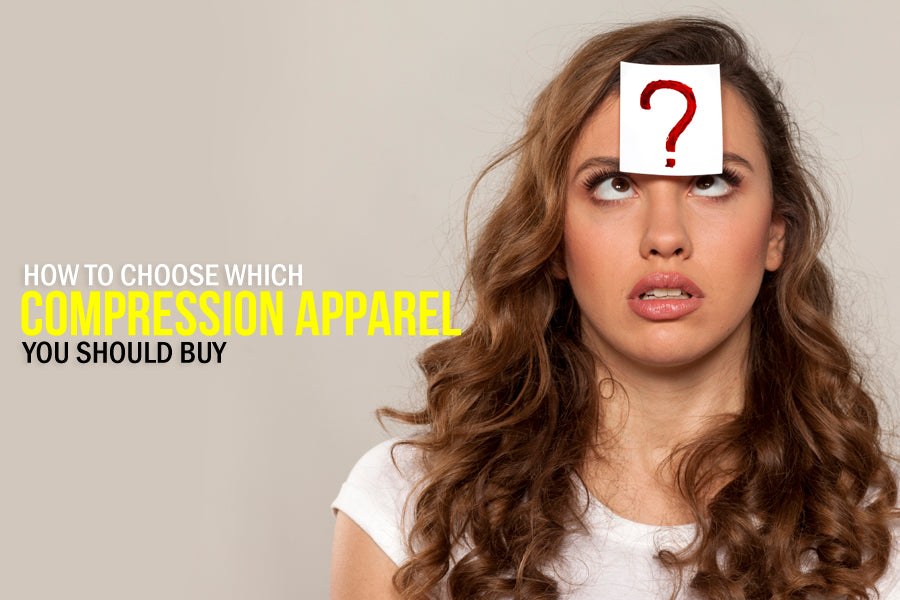How to Choose Which Compression Apparel You Should Buy
 Although the science that explains the function of compression clothing might be complicated, the concept is simple enough to understand. When an athlete starts to move, their muscles contract, moving bones around joints. When professionals are choosing which compression apparel to buy, they select the pieces that will help most with venous blood flow and circulation. While research is still underway as to whether compression gear can improve performance, doctors still prescribe compression wear to people who need help boosting their circulation. This boost in circulation could help with improving recovery, performance, and injury prevention.
Although the science that explains the function of compression clothing might be complicated, the concept is simple enough to understand. When an athlete starts to move, their muscles contract, moving bones around joints. When professionals are choosing which compression apparel to buy, they select the pieces that will help most with venous blood flow and circulation. While research is still underway as to whether compression gear can improve performance, doctors still prescribe compression wear to people who need help boosting their circulation. This boost in circulation could help with improving recovery, performance, and injury prevention.
A further benefit to consider when deciding which compression apparel to buy, is that it can help with muscle stabilization. After all, the wide range of movements the human body conducts are accomplished by pushing muscles around articulating joints. However, muscles also move out of their natural plane of contraction during periods of vibration and shock. Compression gear like calf compression sleeves help to lessen the impact of shocks on the muscles.
Choosing Compression Apparel
Deciding which compression gear is right for you can be simpler than you think. Although your personal experience with each garment may help you to determine your favorite brands and pieces, choosing that first piece of gear simply comes down to deciding what you're going to use it for, the materials it's made out of, the fit, and the level of compression you need. For example, some compression wear is designed to help with a specific sport. For example, calf compression sleeves are often targeted more towards cyclists, runners, and triathletes who want to protect their shins from the damage caused by frequenting pounding the pavement.
Materials
When choosing which compression apparel to buy, the chances are you'll find most gear is made using similar fabrics. Some of the best options for breathability and comfort are those that use a combination of rubber, spandex, and professionally blended nylon. These materials allow for easy wear before, during, and after workouts, and their moisture-wicking capabilities helps to rid the body from excess sweat.
Fit
The next step in deciding which compression apparel to buy is selecting the perfect fit. Choosing your first piece of compression gear can be difficult - particularly if you're not sure what level of pressure will have the best results for you. However, the best thing you can do is use the size guide provided by the brand you're shopping with. This guide should give you an insight into which size is intended for you depending on the size of your leg, or any other area you're hoping to compress. Keep in mind that while your compression sleeves should be tight - they should not be so tight that they hamper your performance or cause discomfort.
Compression Level
If you're choosing which compression apparel to buy from a selection of professional sport garments, the chances are you'll find that they have a compression rating somewhere in their description. Medical compression clothing is rated according to the amount of compression it exerts on the body in mmHg. A good compression level to go for is anywhere between 15-25mmHg, as this will give you a good circulation boost, while still allowing for maximum comfort.


Leave a comment